As research institutions in the United States face unprecedented challenges under the new presidential administration—from federal grant terminations to keyword restrictions and potential changes to indirect cost rates—other nations and international research organisations are putting together efforts to attract U.S. researchers who have lost jobs or otherwise feel that their careers are no longer secure.
Currently, Anglophone nations like Australia, Canada, and the United Kingdom have seen the most interest from U.S.-based research job seekers, but other countries, such as France, Germany, and Italy, are stepping up efforts to attract international talent through new funding opportunities and hiring drives.
With competition at an all-time high, here are five key strategies governments and institutions should consider to help draw interest from international job seekers:
Find and establish talent funds
Many countries have developed national funding programs to help their institutions attract international researchers. For example, the United Kingdom recently established a £54 million Global Talent Fund, designed to attract individuals to fill roles across eight high-priority sectors. Investigate whether your country has established similar programs, and how your team can utilise them to fund talent acquisition.
In addition to considering national funding opportunities, setting aside a funding pool within your organisation specifically for attracting international talent will help solidify your hiring goals and secure prospective applicants. A designated funding pool will also help keep track of your budget for new hires and avoid surprise expenses.
Be sure to consider factors that will be important to potential international hires, such as salaries for comparable positions within the United States and differences between living expenses. For example, while their potential salary may be lower at your organisation, other benefits, such as a lower cost of living or guaranteed healthcare, can help increase applicant interest. Covering the cost of moving can also reduce some of the burden associated with relocating to a new country.
Stay on top of international news
Stay informed of U.S. research news to identify potential opportunities for attracting talent. Awareness of grant and program cancellations, increased costs or decreased funds for specific institutions, and other research industry developments can help focus your search and expose situations where high-value researchers will be more tempted to consider other options.
Keeping an eye on international news can itself be a time-consuming job. Set up news alerts for specific keywords related to your industry and research within the United States to receive automated notifications when relevant stories arise, so that you can take advantage of opportunities while they’re still recent.
Engage in networking
The internet and social media have made it easier than ever to meet and connect with international research peers. Establishing digital relationships with U.S.-based researchers will not only widen your perspective on your field of study, but can also provide the basis for their potential interest in your program. In addition, online networking can help inform your knowledge of current events in the United States that may affect the availability of international hires.
In-person networking is also incredibly valuable. While opportunities for meeting and engaging with international peers face-to-face may be rarer, the connections made can be more impactful and provide a better understanding of their aptitude, goals, and interests.
Attend and host industry events
Events that attract international talent—whether covering a more general topic or specifically organised to draw international researchers—provide a great opportunity to network and interact with potential hires. Consider attending, participating in, sponsoring, or even hosting events targeted at a global audience.
While resource-intensive, sponsoring and hosting events have the important effect of increasing your organisation’s recognition among international research teams. Even if you are not actively searching for specific hires, brand recognition can ensure that U.S.-based researchers seeking new work opportunities will consider your organisation ahead of the competition.
Implement administrative software
Attracting international researchers means ensuring that they will want to work at your organisation. After all, even local talent may avoid applying to your team if workflows and processes are cumbersome to the point that they make work more difficult, while new hires may leave more quickly if the role is not what they expected.
Modern research administration software like the Cayuse Research Suite will make your organisation more appealing to potential applicants by automating and streamlining repetitive administrative tasks that lower employee satisfaction across the research lifecycle. These apps are especially helpful for attracting international applicants from any of Cayuse’s 700+ customer organisations who may already be familiar with the software.
Final takeaways
While your budget and needs will depend on your specific organisation, it is important to keep the five strategies discussed in this blog in mind if you’re hoping to attract top international research talent. Research is, after all, an inherently global effort, and shaping the future may begin with expanding the reach and diversity of your talent pool.
With effort and persistence, you can increase your chances of bringing in new international hires by focusing on:
- Finding and establishing talent funds
- Staying on top of international news
- Engaging in digital and in-person networking
- Attending, participating in, sponsoring, and hosting industry events
- Implementing modern research administration software


